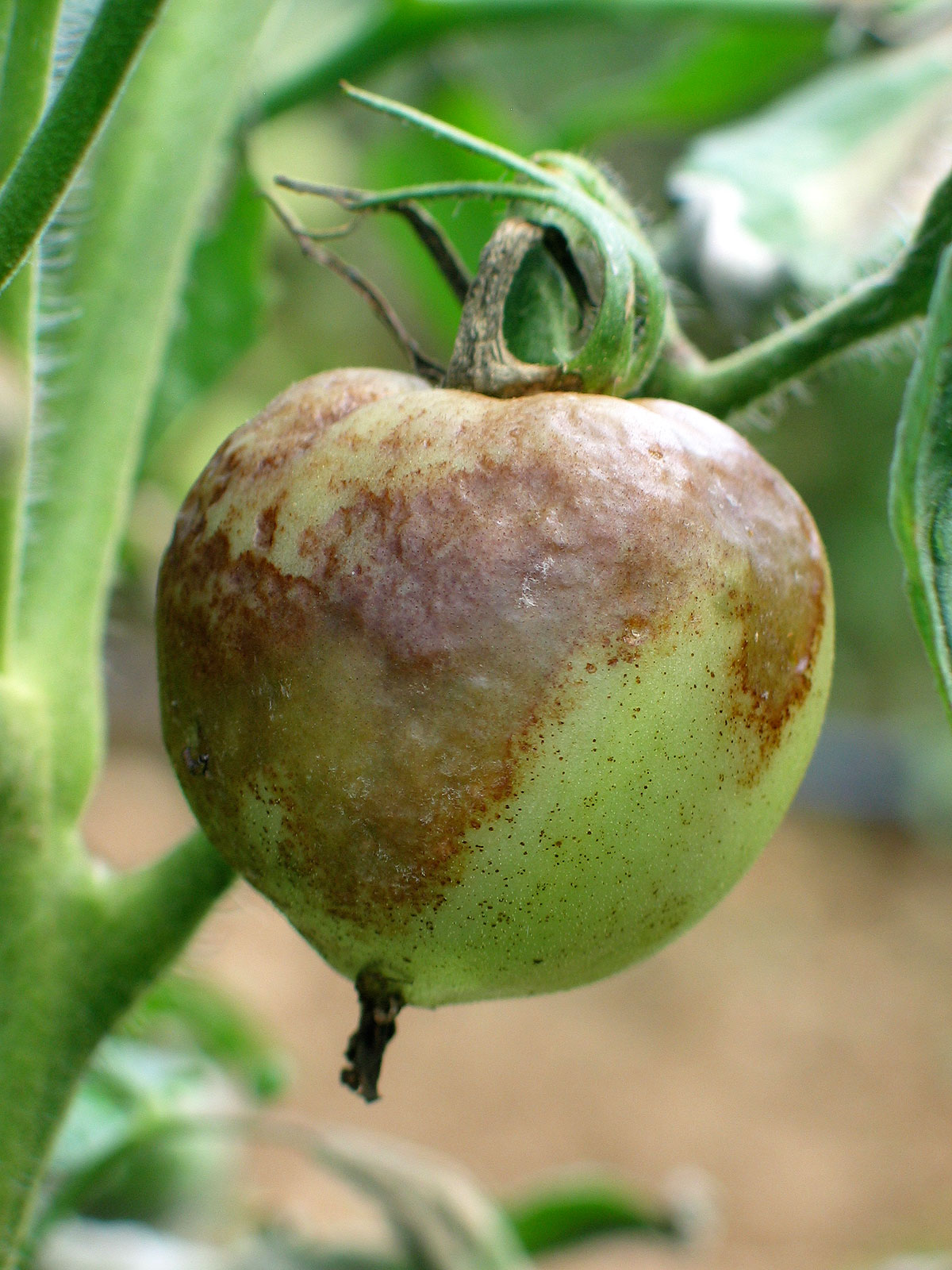
The antagonistic and biological effect of compost for disease suppression is quite well-known. Composts can be made of raw feedstocks such as yard trimmings, food waste, manure, tree leaves/bark and worm castings (Termorshuizen et al. Furthermore, compost provides essential plant nutrients such as nitrogen, phosphorus, and calcium and thereby reduces the need for synthetic fertilizers (Lewis et al. In horticulture, the application of compost to soil improves soil structure and plant root growth and results in an overall increase in yield of several crops, such as tomato (Gutierrez-Miceli et al. To maintain crop yields, without damaging the environment and human health, organic amendments and biocontrol agents have been explored as alternatives to chemical fungicides. Therefore, fungicides cannot be used continuously and do not represent a sustainable method of control. Another major problem with the use of fungicides is the evolution of fungicide resistance in P. However, chemical applications have detrimental outcomes to environmental and human health (Schummer et al.

infestans and provide an effective disease suppression (Saville et al. Phenylamide fungicides, such as mefenoxam, have been used against P. The most effective control of late blight is by chemical fungicides. Late blight affects the leaves, stems, and fruits of tomato and can cause total crop loss within as little as 2 weeks. To this day, disease management remains difficult and requires integrated management strategies. infestans devastated the potato crop and caused the Irish potato famine (Fry et al. This pathogen infects multiple plant species in the Solanaceae, including potato and tomato (Fry et al. This pathogen belongs to the Oomycota, a distinct lineage of filamentous eukaryotes which are fungus-like. Late blight is caused by Phytophthora infestans (Mont.) de Bary. Annual crop losses from late blight are estimated at over five billion USD (Judelson and Blanco 2005 Haverkort et al. Late blight is the most devastating disease worldwide of both tomato and potato (Agrios 2005). However, tomatoes and nearly every crop species are also susceptible to a variety of pathogens that reduce both yield and quality.

The use of compost in combination with bio-agents should, therefore, be evaluated carefully for a reliable and consistent tomato protection.Ĭultivated tomato ( Solanum lycopersicum L.) has a global production of 3.7 million hectares and is one of the most valuable agricultural crops worldwide (fao.org).

harzianum and oak–bark compost resulted in increased disease severity. subtilis was combined with oak–bark compost. Overall, the most effective and consistent plant protection was obtained when B. Furthermore, elevated levels of anthocyanins did not correlate with enhanced plant resistance. However, the commercial products were not as effective in promoting growth, with FZB42 having the weakest protection. harzianum significantly enhanced plant growth and immunity when exposed to P. subtilis, Trichoderma harzianum and two commercial products (FZB24 and FZB42) were investigated on tomato growth, production of metabolites and resistance under biotic stress condition (infection with Phytophthora infestans). Here, the effect of oak–bark compost, Bacillus subtilis subsp. However, the interaction of these factors is not well understood and remains problematic in producing healthy crops. Two important variables are the soil quality and its bacterial/fungal community. The management of plant diseases are dependent on a variety of factors.

This study identified biocontrol measures for improving plant quality and resistance under biotic stress caused by the most devastating pathogen in tomato production.


 0 kommentar(er)
0 kommentar(er)
